Dogs are one of the most popular pets in the world. They’re known for their love and companionship, but they’re also admired because of what they can do with their mouths!
Dogs make all sorts of noises when we pet them: sometimes they’ll growl or bark at us, other times we might hear a cute little whimper. But what about purring? Do dogs purr when you pet them?
What Is Purring?
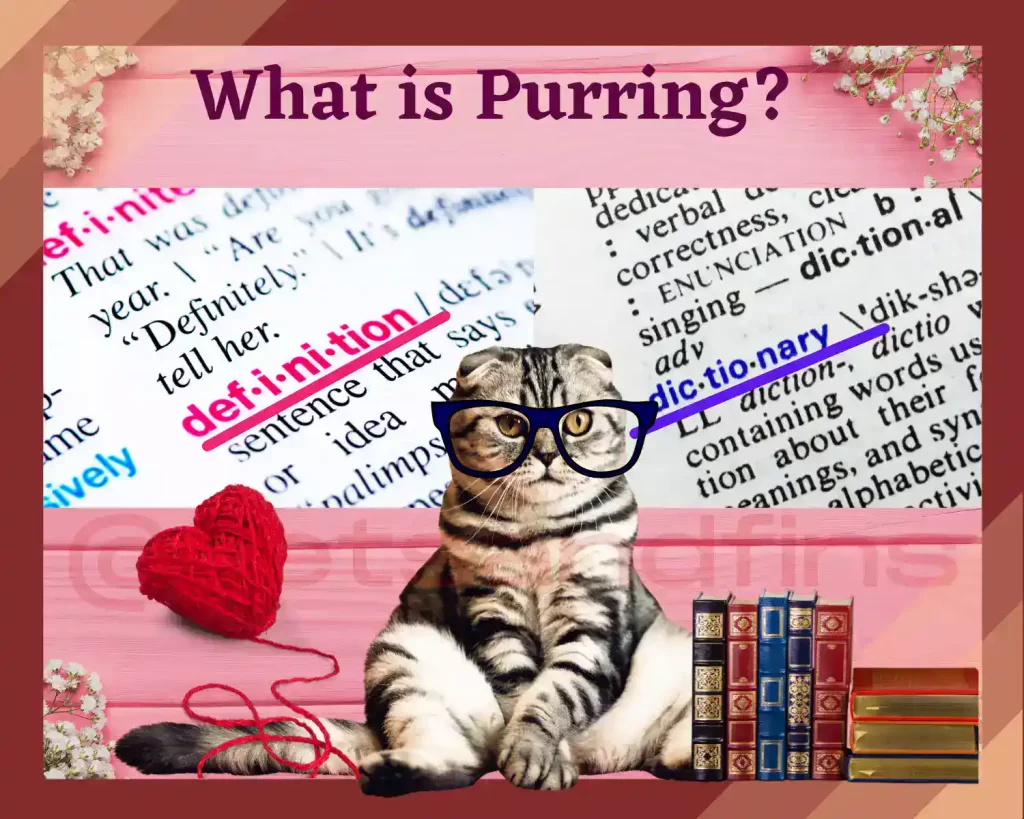
The Oxford Dictionary defines purring as “(of a cat) – a low continuous vibratory sound expressing contentment. The Cambridge defines it “to make a quiet, continuous, soft sound”.
In the context of a cat, this occurs when a cat seeks the affection of its owner or wants something. In the case of a dog, it is not in the dog’s nature to behave like a cat.
Dogs and Cats are very different from each other. Dogs make different vocal noises for different things. However, do dogs purr? Read on to know.
Do Dogs Purr?

Dogs can’t make the same sounds as cats. They also lack the right anatomy to produce a purring sound. If you have ever heard your dog make a noise when he is happy and content, and it sounds like purring, it’s not.
Dogs don’t purr. Some people call it ‘rumbling’ and some ‘growling’. Whichever way, it’s not a ‘purr’. While most owners of both dogs and cats may think that the sounds are similar, they aren’t.
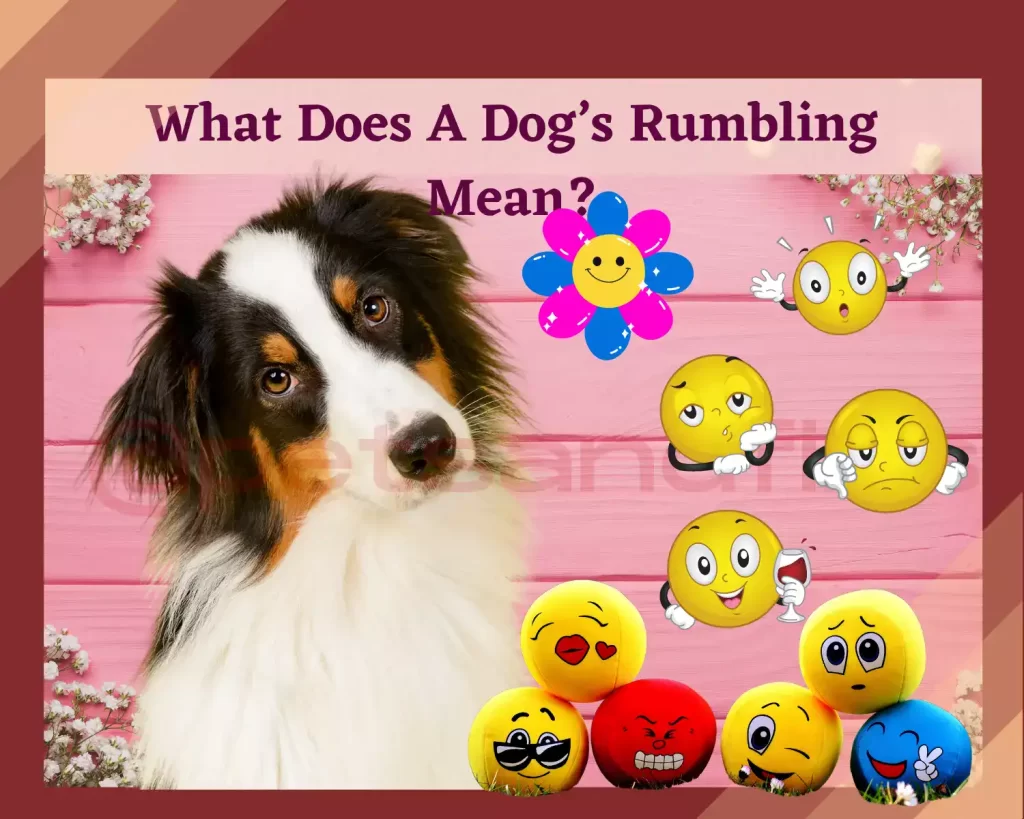
What Does A Dog’s Rumbling Mean?
Dogs rumble or growl softly to express several things amongst contentment. It mainly means that the dog is very happy with what’s going on and would like it to continue.
In most cases, this pertains to petting. So although dogs don’t purr, they do express pleasure about being pet by their owners.
Here is a link where the rumbling is so obvious.
Rottweiler grumble/purr/rumble – YouTube

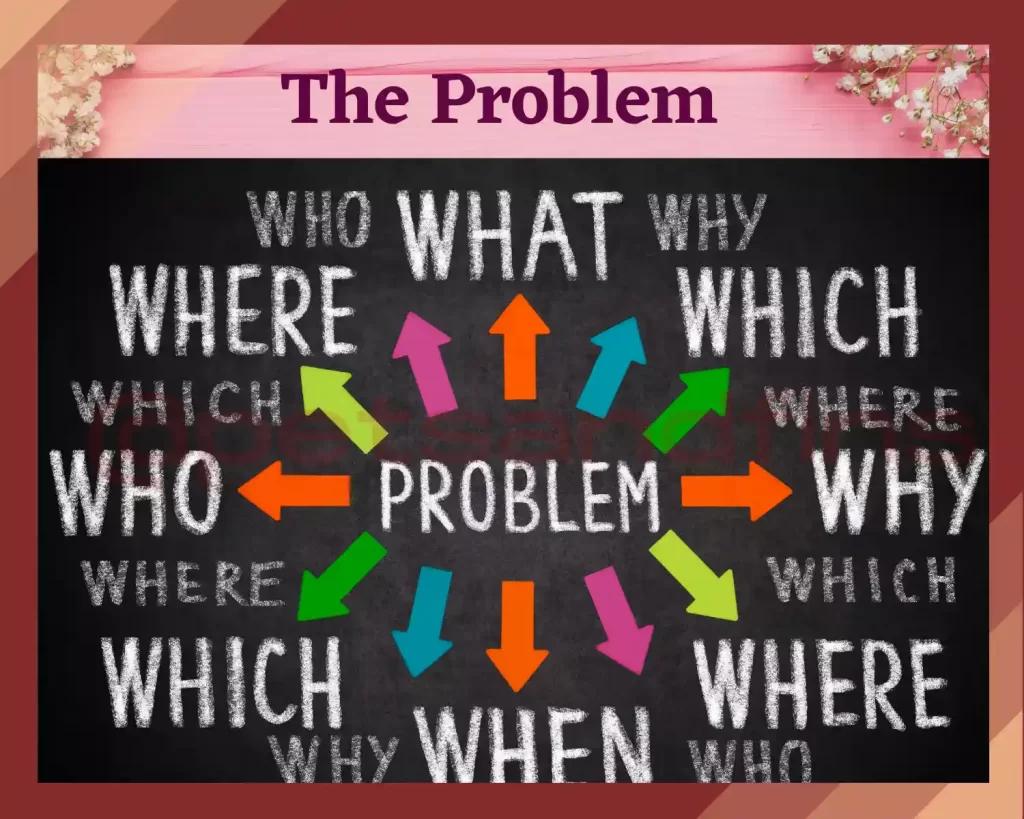
The Problem
Whilst purring by cats has a universal meaning and all cat owner know what it means, rumbling by dogs carry various meanings.
It is only the context and the circumstances that will help a dog owner understand the meaning of it. So let us understand the various meanings that rumbling can have in the various milieu.

Positive Rumbles:

Happiness
Dogs crave human companionship just as much as humans crave canine companionship.
All pets need to have a large amount of quality owner-pet time together each day, but sometimes this can be difficult if you work long hours or have other responsibilities during the weekdays.
Dogs rumble when they are happy and feel comfortable in their environment and want more petting from their owners. This low-frequency rumble means “everything is good.”
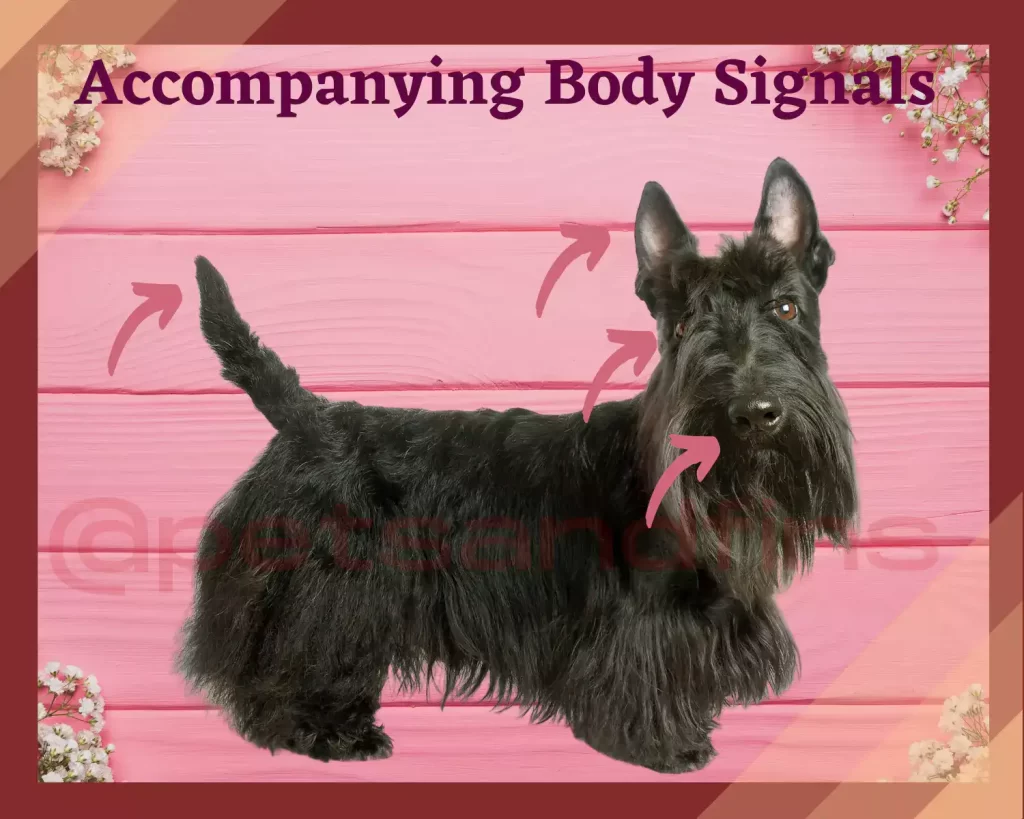
Accompanying Body Signals
Dogs are calm and have soft eyes when they enjoy petting by owners. They also express their happiness by wagging their tail. Their ears are also down and not on alert mode.
These are all accompanying indications of the dog being happy and reciprocating. Dogs react positively to attention from humans because they like how it feels.

Anticipation Of A Walk
Dogs get excited when they are about to go for walks. When dogs rumble, it is a sign of them anticipating going on their walk- they normally do this by pacing around or whining at their owners.
If you see your dog rumble, make sure you take him/her out for a walk which they really enjoy. They may also want to relieve themselves and are probably used to their routine with you.
Dogs rumble when they are anticipating a walk because it means they want to go on their walk with you!
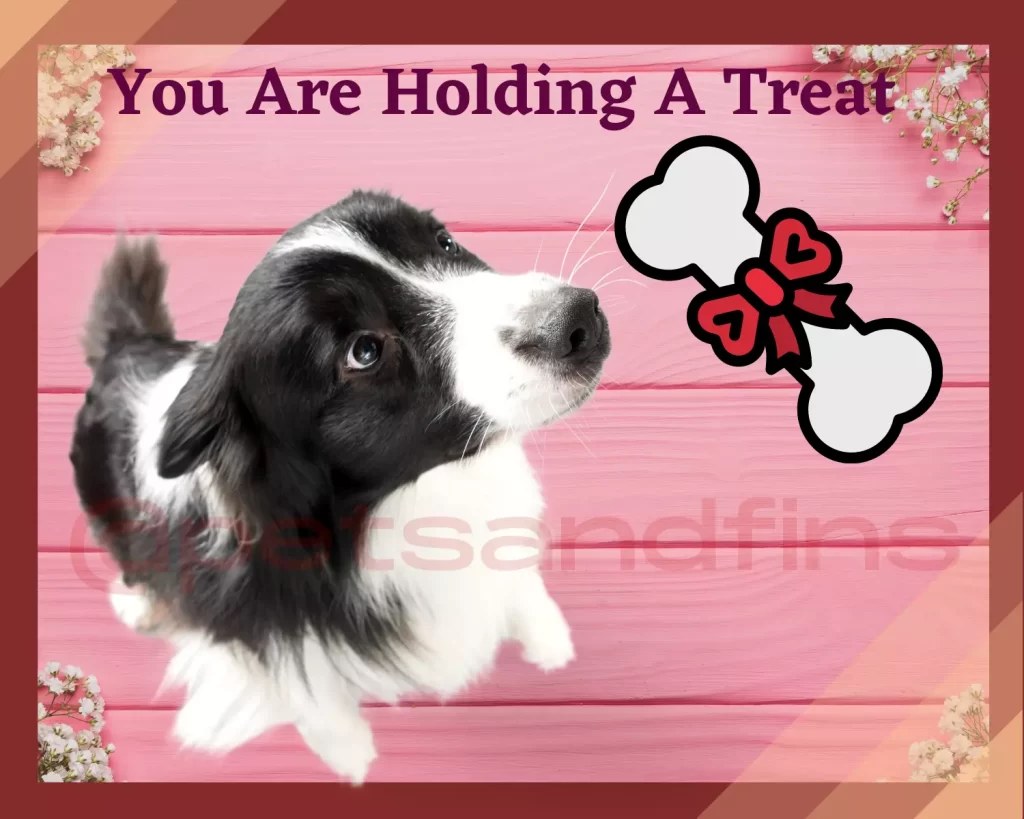
You Are Holding A Treat
Dogs rumble when they see you holding a treat. If your dog starts to go crazy, it’s probably because he or she smells something delicious in your hand.
The smell of the food causes them to become excited and this leads to their “rumbling” behavior as they try to get at what you have. This is why dogs’ noses are so sensitive they can smell things from far away that we may not notice!
Along with the smell of the treat the dog enjoys the reward. So do remember to give your loved one a healthy treat.
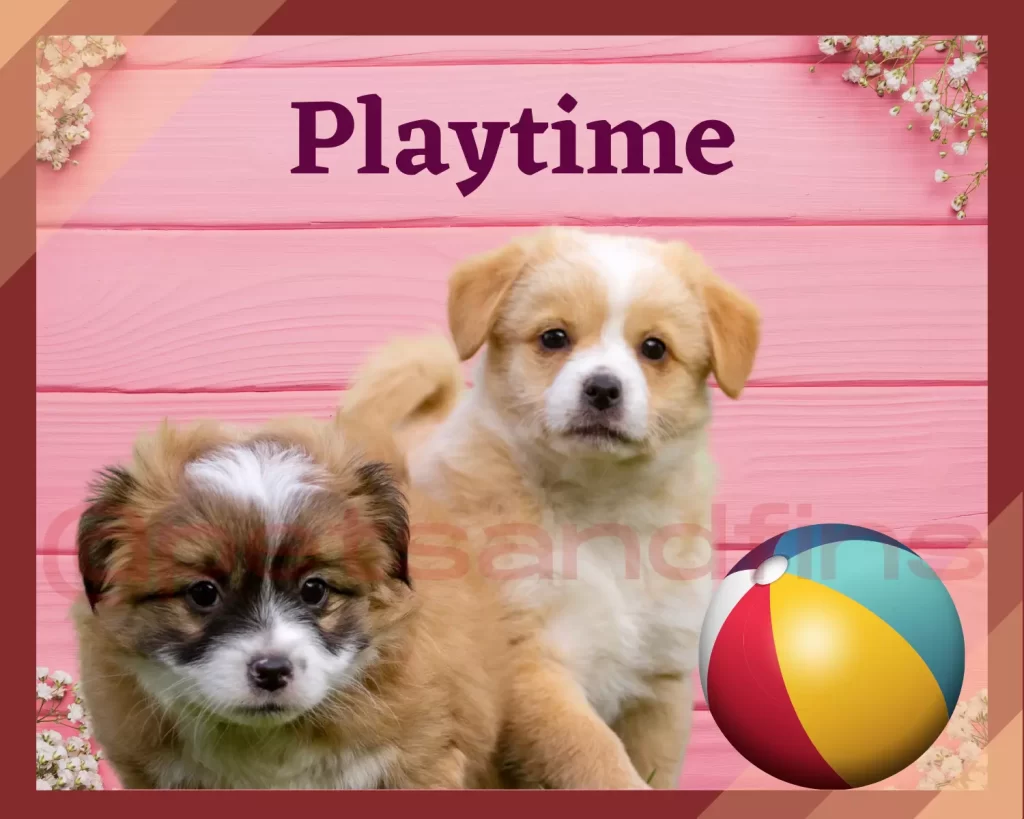
Playtime
Dogs rumble when they know it’s playtime! It’s a way for your pet to let you know that he/she wants to have some fun. Dogs will also rumble if they are bored and want to play.
Although dogs do not understand English or any other words we say, Dogs are said to understand more than 250-300 keywords or commands. So words like ‘come’, ‘fetch’ etc tend to excite your dog.
It could even be the case that they see you holding the ball and instinctively realize it’s ‘play time’.
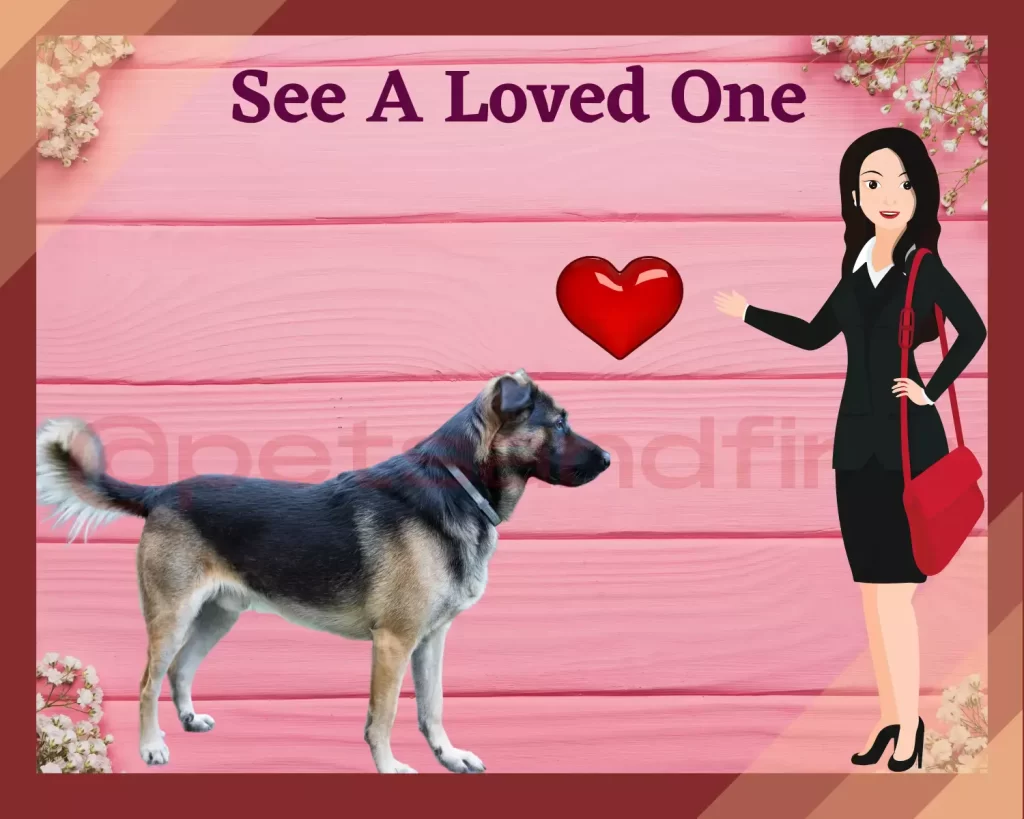
See A Loved One
Dogs have a way of knowing when you’re coming home. Sometimes they can hear your car from miles away, or they just know that you’re on the way because your scent will always be in their fur.
When you finally get there, dogs rumble with happiness and wag their tails like crazy. They might jump up and down, or even bark excitedly. But did you know, that along with all these, sometimes dogs will rumble as well?
That’s right! Dogs can make a low growling sound that sounds like a cross between a growl and a rumbling noise. What does this mean for our furry friends?
Well, if your dog makes this kind of noise when he sees you after being gone all day, then it means he/she is very happy to see you!
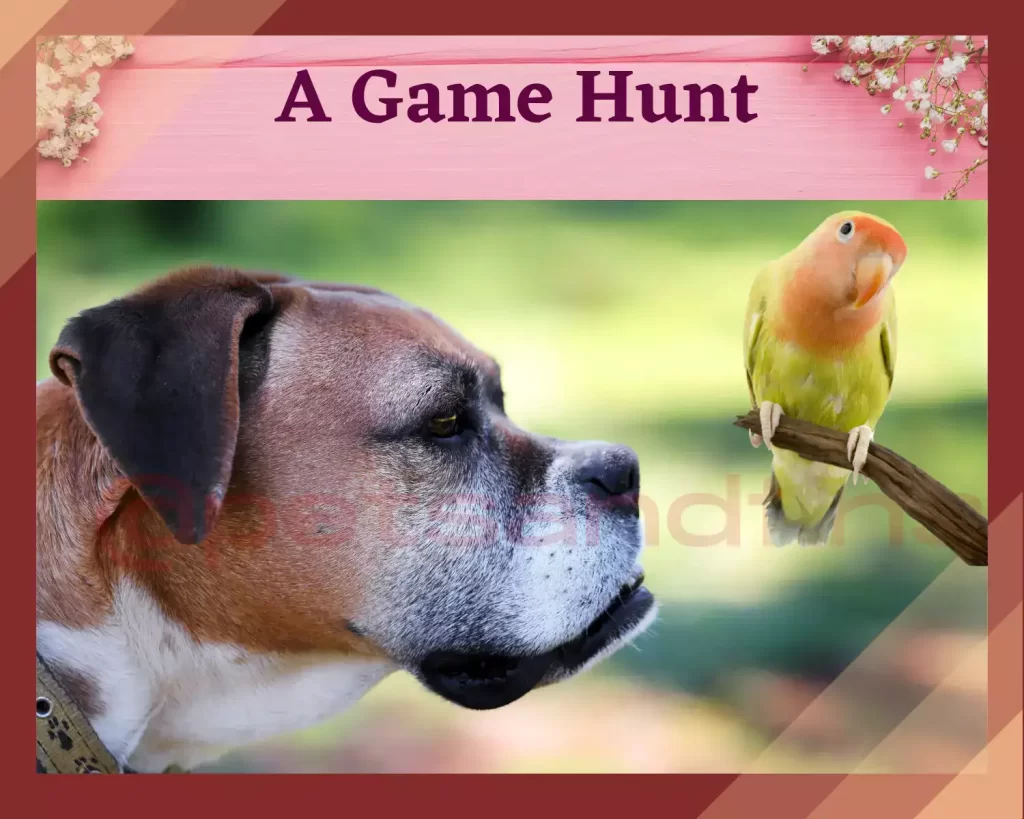
A Game Hunt
When a dog sees something that it wants to chase, like a bird or squirrel, it may begin to rumble in excitement. It’s been said that dogs have a sixth sense of what is going on around them.
When they see something, their ears perk up and they start to focus on it. This might be because of the way that their eyes are structured or maybe just because they’re so smart!
Either way, some things can’t escape a dog’s attention- even if it means the potential for fun!
It turns out that most dogs rumble before chasing after something- like birds for example – intending to play.

Meal Time
We all know that dogs are hungry creatures, but did you know that they have a special way of telling us when it’s time for food? When your dog starts to grumble or rumble, it means he is ready and waiting for the next meal.
It’s important not to ignore these signs because if we don’t feed them right away, their hunger may cause them to eat something else. Dogs will often chew on anything in sight including furniture and shoes.
So, if you want to keep your shoes intact, don’t ignore the rumble that comes your way. Dogs are very vocal animals, and this includes when it’s time to eat. They will often start licking their lips or pant heavily in anticipation of what they’re about to get.

Negative Rumbles:
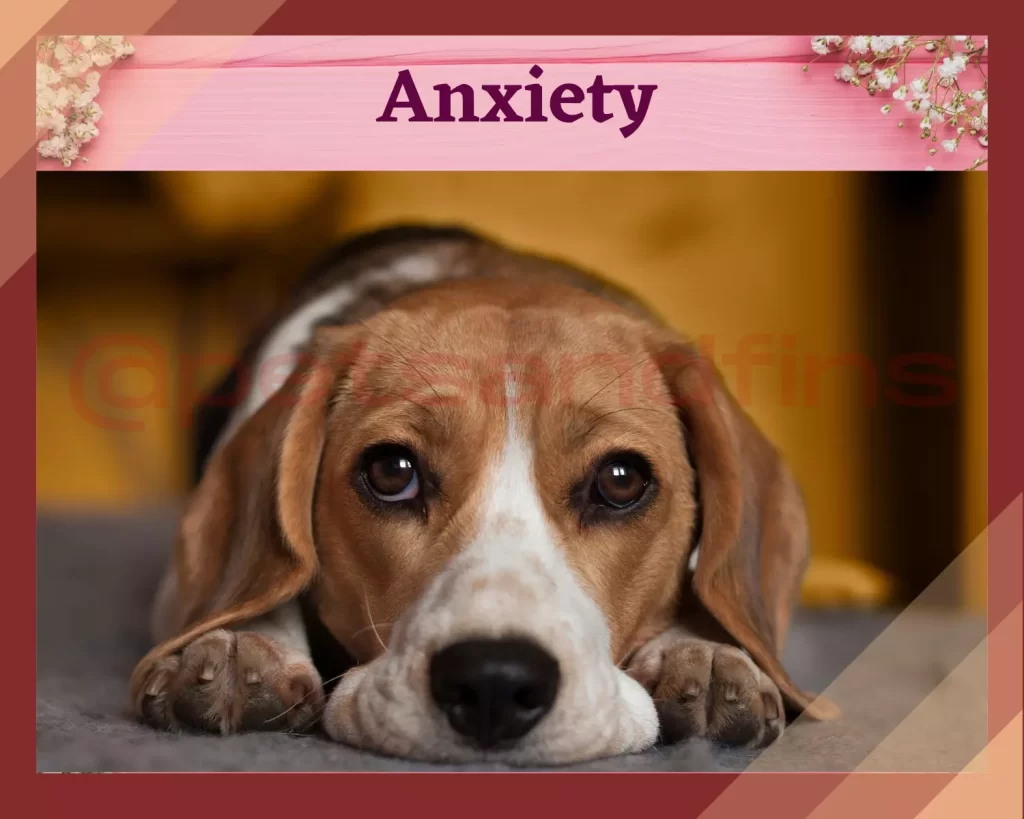
Anxiety
Some dogs go through anxiety when they are left at home alone while their owners are out. This can cause them to whine, rumble or even dig up the yard in search of a way to escape.
If this is happening more often than not, then it’s time for you to get your dog some help! There are many different ways that you can help your dog overcome separation anxiety and one of these ways is by giving him/her calming treats.
These treats will make sure that he/she doesn’t feel any kind of stress or anxiousness during the day when nobody is around!
Pro Tip: A companion will your dog a lot. Alternatively, you can leave one of your old clothes with your dog for the smell to calm them a bit.
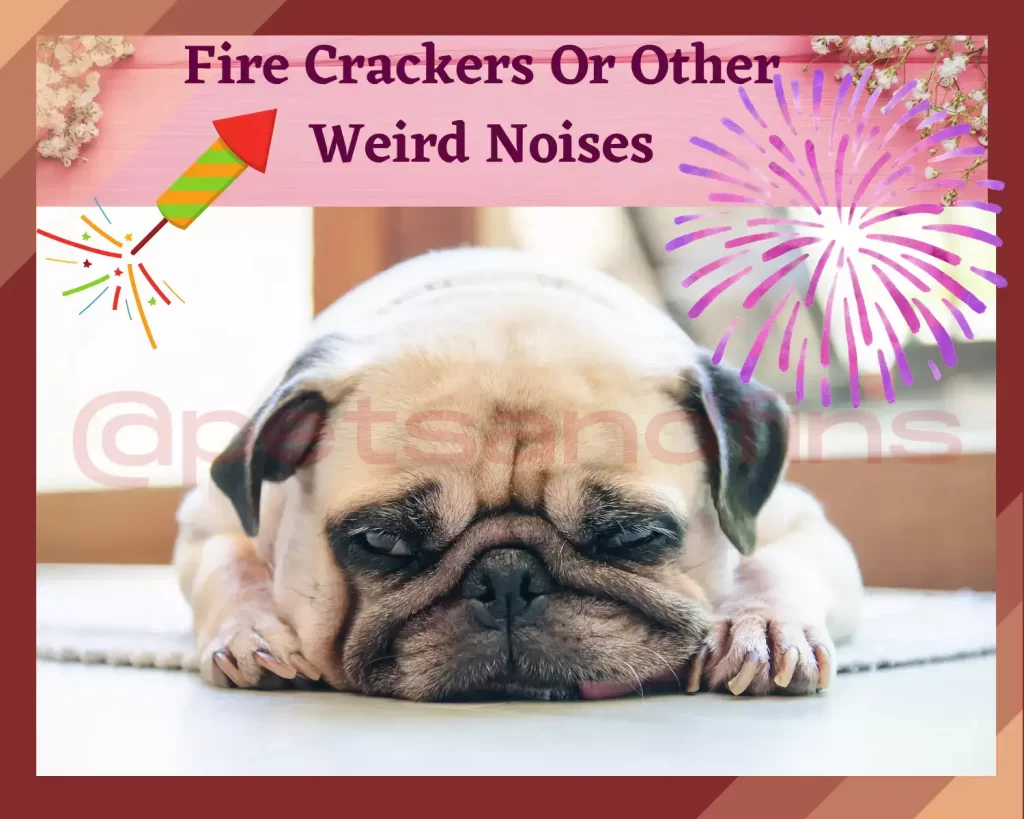
Fire Crackers Or Other Weird Noises
Dogs are interesting creatures. They can do some really weird things, like rumble their stomach when they hear firecrackers or other strange noises like thunder.
This is called “thunder phobia.” It’s not a very common thing, but it’s still something that dog owners should know about!
Pro Tip: If you know the cause of rumbling then use cotton to plug your dog’s ears. Take him inside to a safe and quiet place.
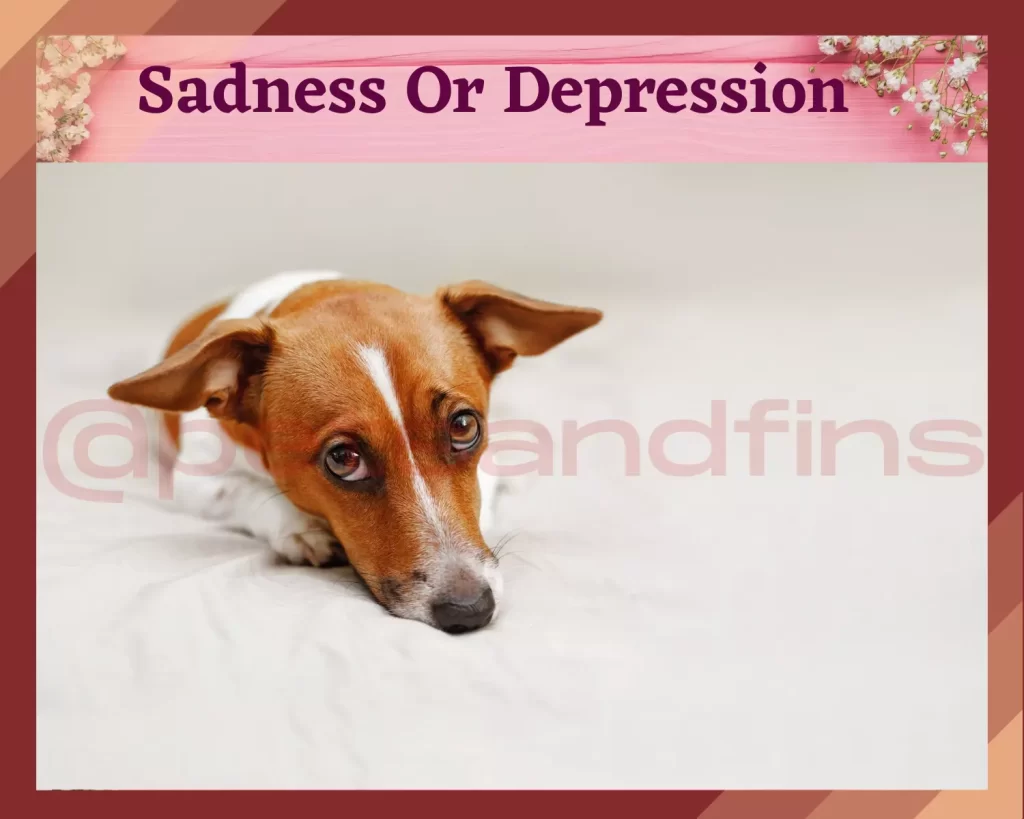
Sadness or Depression
Dogs have a way of telling us when they are sad. They might not be able to talk, but they can rumble. The sound of a dog’s rumbling is often the first sign that something is wrong.
Pet owners need to know what this noise means and how to respond when their dog starts making it.
A dog will make this noise due to loneliness, sadness or depression – all situations in which we should take action right away!
If you hear your dog growling or rumbling loudly like they’re trying to tell you something, don’t hesitate; get them help as soon as possible!
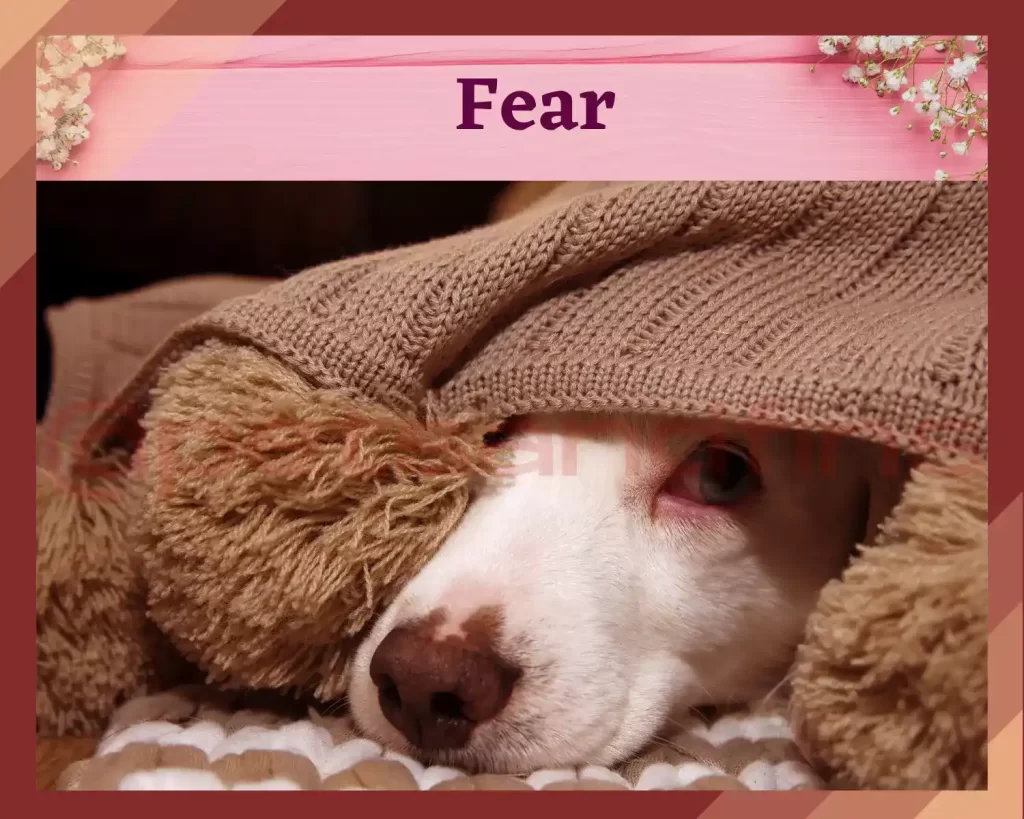
Fear
Dogs can rumble when they get scared or experience fear. It is a common occurrence, especially with smaller dogs. It’s natural for them to do it because they are trying to scare away something that scares them.
When you see your dog shaking, running away from something, or even growling at someone they are telling you that they are scared. Dogs have a special sense that alerts them to when they are in danger.
When this happens, their heart rate and blood pressure can rise dramatically. Sometimes they also release a hormone called cortisol which causes the dog’s body to produce adrenaline which is what gives them strength when confronting something scary or dangerous.
It has been found that when dogs get scared, they will often rumble. These noises are meant to scare off predators and warn other animals of the situation at hand.
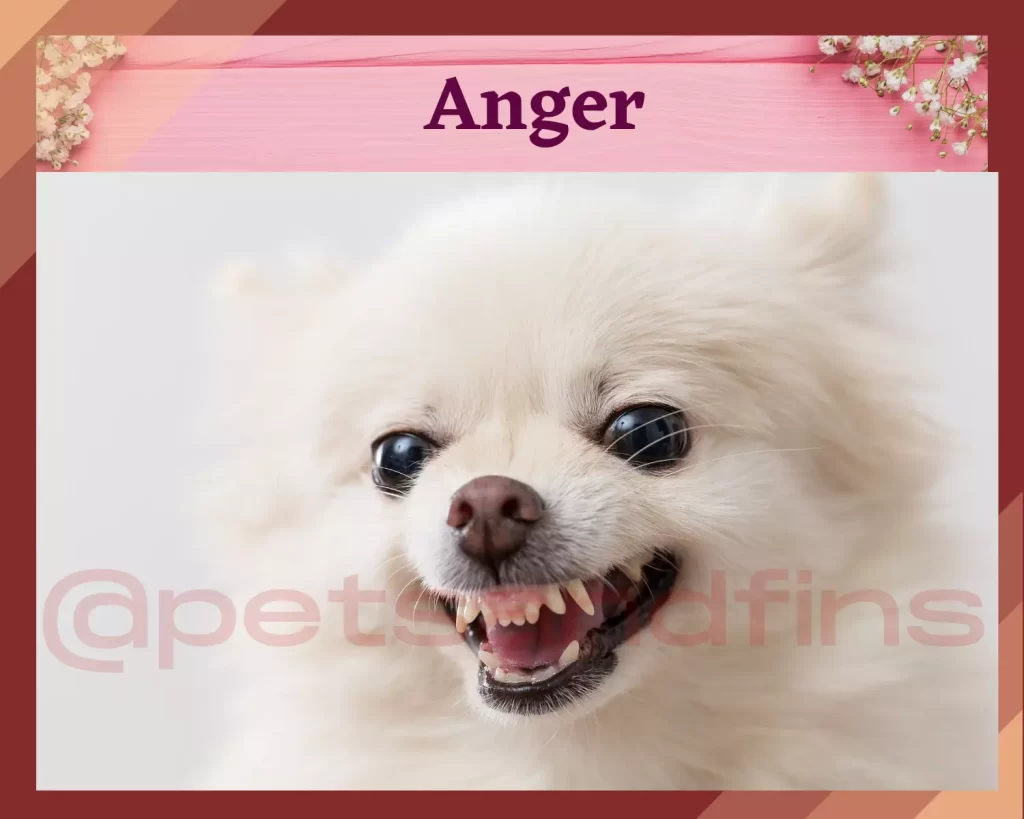
Anger
Many people see their dogs as sweet and innocent creatures, but like humans, they can get angry sometimes. Dogs may bark or growl when they are angry.
Dog owners need to realize these signs so that they know how to react if your dog ever becomes angry. The rumbling is usually reserved for more aggressive behaviors like guarding their food bowl against another animal establishing dominance over an intruder.
Pro Tip: Take the dog away from that place to a more secure place.

Discontent
Dogs are a lot like people. They have their personalities and temperaments, which can be affected by several things throughout the day. One thing that might affect your dog’s attitude is how comfortable they feel in the space they’re in.
Dogs who are happy with their living situation will rumble from time to time as this is just part of being content. However, dogs who aren’t satisfied with where they live may rumble to express their discontent.
This discontent can be for either uncomfortable kennel, less food, or even less playtime or lack of companionship.
Pro Tip: Make sure you find out the reason for such discontent and attend to it immediately.
Wrapping Up:
Dogs don’t purr, but they do rumble. They also growl and bark in a way that sounds like a low-frequency purring sound. The reason for this is that the vocal cords of dogs are larger than those of cats.
This means their vibrations can produce more complex frequencies – including what we hear as “purring.” We can all agree that cats are the original purring machines.

